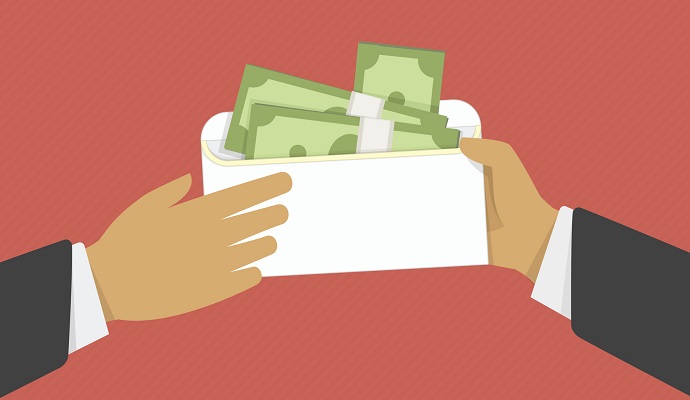Hospital Payer Mix Influenced Size of Coronavirus Relief Funding
The size of coronavirus relief funding depended largely on a hospital’s payer mix, with hospitals relying on private payer revenue receiving 2x as much, KFF reported.

Source: Thinkstock
- Hospital payer mix played a large role in how much hospitals received from the recent $50 billion in federal coronavirus relief funding, Kaiser Family Foundation revealed in a new analysis.
For more coronavirus updates, visit our resource page, updated twice daily by Xtelligent Healthcare Media.
The formula used by HHS to allocate coronavirus relief funding to healthcare providers favored hospitals with the highest share of private payer revenue and those with larger operating margins, the analysis of more than 4,500 hospitals showed.
Facilities with the majority of their revenue coming from patients with private health insurance received more than twice as much of the $50 billion in payments from the Provider Relief Fund per bed than hospitals with the smallest share of private payer revenue.
Specifically, facilities representing the top 10 percent of hospitals based on their share of private payer revenue received $44,321 in coronavirus relief per hospital bed, while those in the bottom 10 percent received $20,710 per hospital bed, the analysis showed.
Federal coronavirus relief funding was skewed toward hospitals with greater private payer revenue because of HHS’ formula for distributing emergency payments from the Provider Relief Fund, Kaiser Family Foundation explained.
HHS announced in April that it was distributing $20 billion from the Provider Relief Fund based on a provider’s net patient revenue from 2018. The previous distribution of $30 billion relief on a provider’s Medicare billings in 2019.
The distribution formula received criticism from industry stakeholders who argued that the funds would disadvantage some hospitals, including those that treat higher numbers of uninsured and Medicaid patients.
Private payers typically reimburse twice the rate of Medicare, according to a previous Kaiser Family Foundation analysis. Some hospitals may earn even higher reimbursement based on the concentration of the market in which they operate.
These are the hospitals getting the most taxpayer money through coronavirus relief funding, Kaiser Family Foundation said in the most recent analysis.
“Meanwhile hospitals that make most of their money treating people who are on Medicare and Medicaid, and therefore are typically paid at much lower rates, are getting relatively less help,” the organization stated.
The analysis found that hospitals with the highest share of private payer revenue, and therefore receiving a greater portion of the coronavirus relief funding, were less likely to be teaching hospitals (10 percent compared to 38 percent) and more likely to be for-profit (33 percent compared to 23 percent).
The hospitals also had higher average operating margins, with those with the highest share of private payer revenue having an average operating margin of 4.2 percent. Hospitals with the lowest share of private revenue operated in the red, with an average operating margin of -9.0 percent.
Notably, uncompensated care as a share of operating expenses was lower among analyzed hospitals with higher private payer revenue, at 7.0 percent versus 9.1 percent at hospitals with the lowest share of private payer revenue. The analysis defined uncompensated care as bad debt, charity care, and unreimbursed Medicaid and Children’s Health Insurance Program (CHIP) expenses.
While the analysis focused solely on hospitals receiving grants from the Provider Relief Fund, authors of the analysis expect to see similar patterns among other types of providers eligible for federal coronavirus relief funding.
HHS distributed the $50 billion using the same formula to other types of healthcare providers, including hospice providers, skilled nursing facilities, and individual physicians. Although providers who did not receive any Medicare reimbursement in 2019 were not eligible for these grants.
But more could be coming to healthcare providers, with HHS expected to distribute more of the federal coronavirus relief funding and Congress considering additionally stimulus packages.
“[T]his analysis demonstrates that the formula used to distribute funding has significant consequences for how funding is allocated among providers,” Kaiser Family Foundation stated.
A formula based on patient volume or that increase the size of the grant for providers that rely more on private payers, such as Medicaid, would have distributed federal coronavirus relief funding more evenly, authors of the analysis said.
